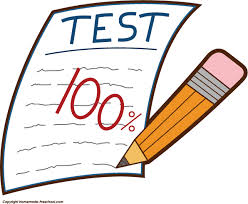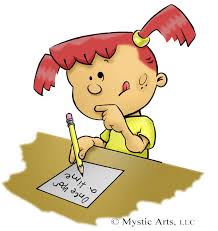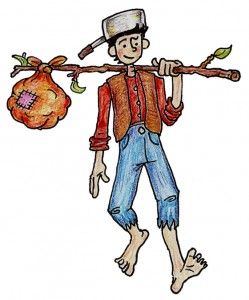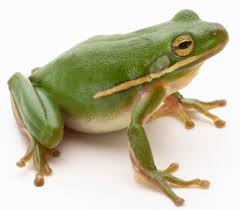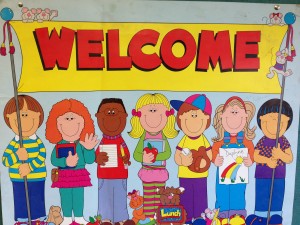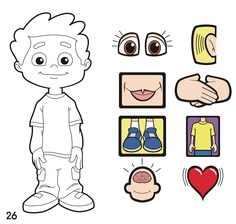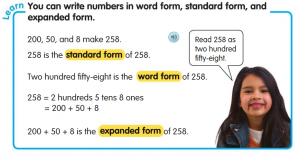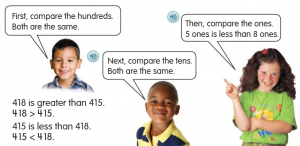Posted by kavery508 | Posted in Uncategorized | Posted on September 29, 2014
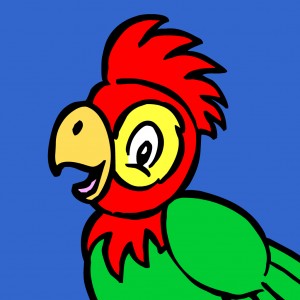 RAZ Kids is ready to go! Please see the note sent home today. It provides information on the site and you’ll find your child’s password attached. Students may begin using it tonight for homework or just because it’s fun and smart. To get started, click the button on the right menu of our blog under “Student Resources,” and type “kaveryf” in the teacher name box.
RAZ Kids is ready to go! Please see the note sent home today. It provides information on the site and you’ll find your child’s password attached. Students may begin using it tonight for homework or just because it’s fun and smart. To get started, click the button on the right menu of our blog under “Student Resources,” and type “kaveryf” in the teacher name box.
Also sent home today is the permission form for our field trip. Please return it with payment this week. If you choose to pay with cash, please note that we cannot make change. All potential chaperones must have a current CORI with the Town of Shrewsbury. Please visit the office with a valid ID to have that taken care of as soon as possible.
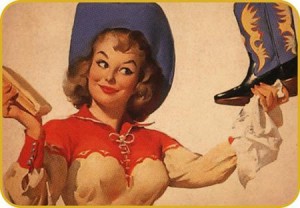 Fall Festival is coming on Friday, October 31! At Floral, we opt for a fun day of fall activities instead of Halloween parties and costume parades. In the morning, we will participate in craft activities; in the afternoon, we will be square dancing in the gym at Floral’s own annual hoedown! Students may wear cowboy/girl attire to school that day to join in the fun–grownups, too!
Fall Festival is coming on Friday, October 31! At Floral, we opt for a fun day of fall activities instead of Halloween parties and costume parades. In the morning, we will participate in craft activities; in the afternoon, we will be square dancing in the gym at Floral’s own annual hoedown! Students may wear cowboy/girl attire to school that day to join in the fun–grownups, too!
I need 4 parents to come in and run the activities that day, from 9:30-11:00. The crafts will be ready, and I’ll demonstrate them for you. If you’d like to volunteer, please contact me: kavery@shrewsbury.k12.ma.us
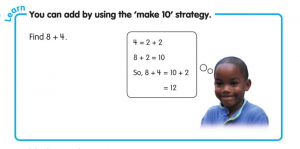 This week, our classroom update is all about the math we’ll be doing in class. It involves strategies likely none of us learned in second grade, and my aim is to try to clarify it.
This week, our classroom update is all about the math we’ll be doing in class. It involves strategies likely none of us learned in second grade, and my aim is to try to clarify it.
This week’s homework introduces students to 3 strategies to help them add and subtract within 20 fluently. On Curriculum Night I mentioned that a big part of math learning, is becoming fluent with numbers. Initially (meaning in K and Grade 1) kids should develop a sense of number. They should inherently know that 3 is made up of 2 and 1, and so on up to 10. Kids will need to rely on that knowledge this year to make and break numbers and see their relationships for the purposes of addition, subtraction, and more. If your child is not there yet, know that we’ll be working on it in class, and if you scroll down the blog, you’ll see resources you can use at home in the form of what we call 10 frames.
I’m spending a good chunk of time on these strategies now, because in order for students to have them at their fingertips when choosing strategies in the future, they have to have had repeated practice with them throughout the year. Keep the plastic sleeve, dry erase marker, and templates that came home in today’s purple folder handy as needed for homework. They do not need to come back to school.
Watch this video I created for a brief tutorial on how to use these strategies for homework whenever it’s called for this year.
For students learning to recognize numbers of objects and “what makes 10”, we’ll be using something called 10 frames. Kids will be playing games to “build” numbers, with the goal that they see a row of 5 boxes and immediately recognize 5 (the same goes for all other numbers). Boxes are always filled in from left to right, top row then bottom. In addition to showing number, kids should see that the empty boxes in a frame represent the complement of 10 (e.g. 3 boxes filled in shows 3, and 3 + 7).
You can print flash cards for your child to memorize first the number and then the complement of 10. There are also songs from Youtube (search number bonds to 10), and online flash games to help:
Cards:http://teachmath.openschoolnetwork.ca/wp-content/uploads/2010/05/10frameflashcardsdots.pdf
Game: http://illuminations.nctm.org/Activity.aspx?id=3565
Song: https://www.youtube.com/watch?v=XpoFxwKBwE8
As always, hit me with any questions so I can further clarify! <“)



